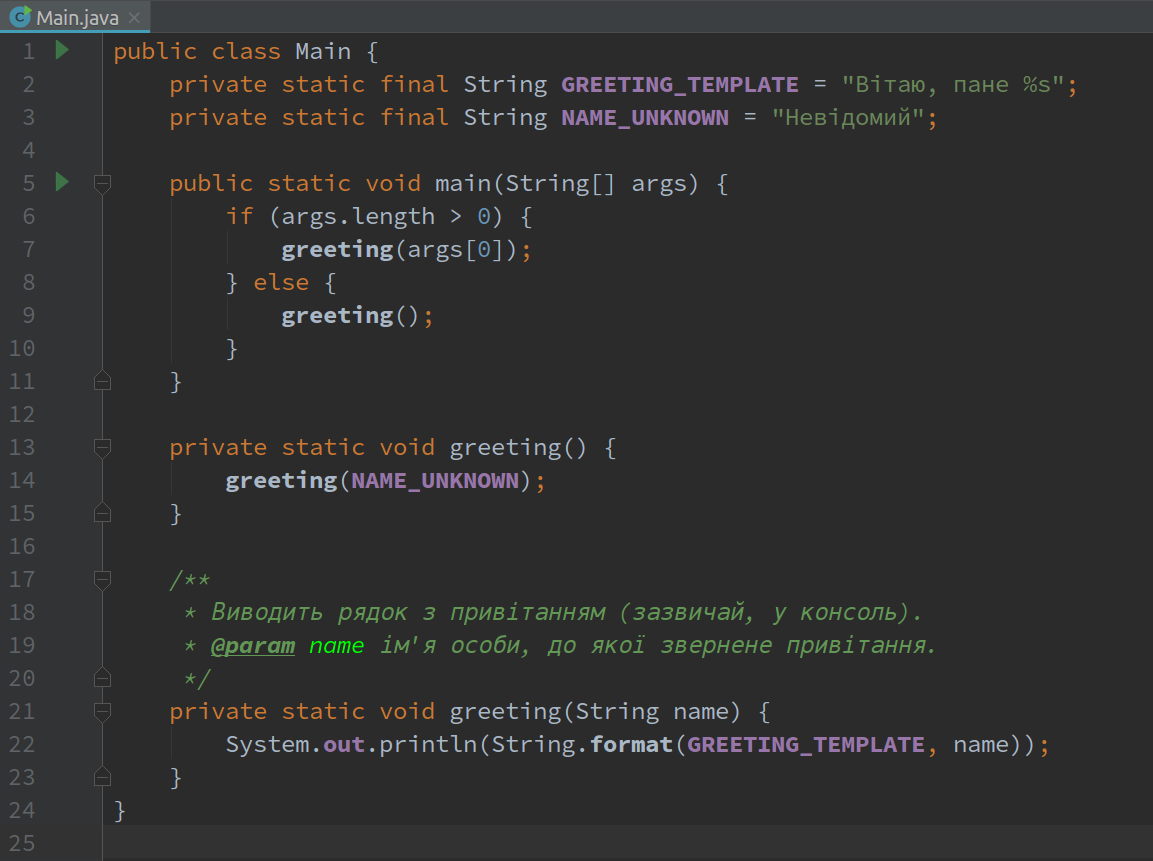2 min to read
Exploring Java 17's New Features
with examples

Java 17 is here, and it brings along a host of exciting features that enhance the language’s capabilities. In this post, we’ll dive into some of the key additions and provide practical code examples to help you get started.
Java 17, a long-term support (LTS) release, introduces several noteworthy features that simplify coding and improve performance. Let’s explore these features one by one.
Pattern Matching for instanceof operator
Pattern Matching is a game-changer in Java 17. It allows you to combine type checking and type casting in a single line, making your code more concise and readable. Here’s an example:
if (object instanceof String str) {
// 'str' is now of type String within this block
System.out.println(str.length());
}
Sealed Classes
Sealed classes enable you to restrict which classes can be subclasses. This promotes better control over your code’s architecture. Here’s how you can define a sealed class:
public sealed class Shape permits Circle, Rectangle, Triangle {
// Class definition here
}
New Switch Expressions
Java 17 enhances switch expressions by allowing you to simplify repetitive code. Now, you can use “case ->” syntax to create more concise switch expressions:
int day = 3;
String dayName = switch (day) {
case 1 -> "Monday";
case 2 -> "Tuesday";
case 3 -> "Wednesday";
default -> "Unknown";
};
Strong Encapsulation of JDK Internals
With strong encapsulation, Java 17 further restricts access to JDK internals, promoting better security and stability of your applications.
Foreign Function & Memory API
Java 17 introduces a Foreign Function & Memory API that facilitates interaction with native code and memory management. This is especially valuable for low-level operations.
Conclusion
Java 17 brings a wealth of new features that make coding in Java more efficient and secure. Pattern matching, sealed classes, improved switch expressions, and stronger encapsulation are just a few of the highlights. These additions not only simplify your code but also enhance its performance and maintainability.
Start exploring these features today and take your Java development skills to the next level!


